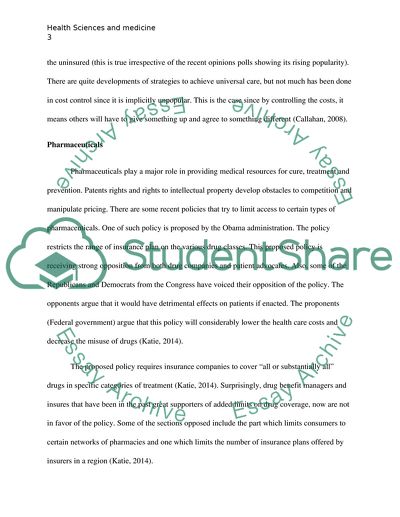Cite this document
(“Pharmaceuticals and Job Lock-Out Assignment Example | Topics and Well Written Essays - 1250 words”, n.d.)
Retrieved from https://studentshare.org/health-sciences-medicine/1631550-pharmaceuticals-and-job-lock-out
Retrieved from https://studentshare.org/health-sciences-medicine/1631550-pharmaceuticals-and-job-lock-out
(Pharmaceuticals and Job Lock-Out Assignment Example | Topics and Well Written Essays - 1250 Words)
https://studentshare.org/health-sciences-medicine/1631550-pharmaceuticals-and-job-lock-out.
https://studentshare.org/health-sciences-medicine/1631550-pharmaceuticals-and-job-lock-out.
“Pharmaceuticals and Job Lock-Out Assignment Example | Topics and Well Written Essays - 1250 Words”, n.d. https://studentshare.org/health-sciences-medicine/1631550-pharmaceuticals-and-job-lock-out.


